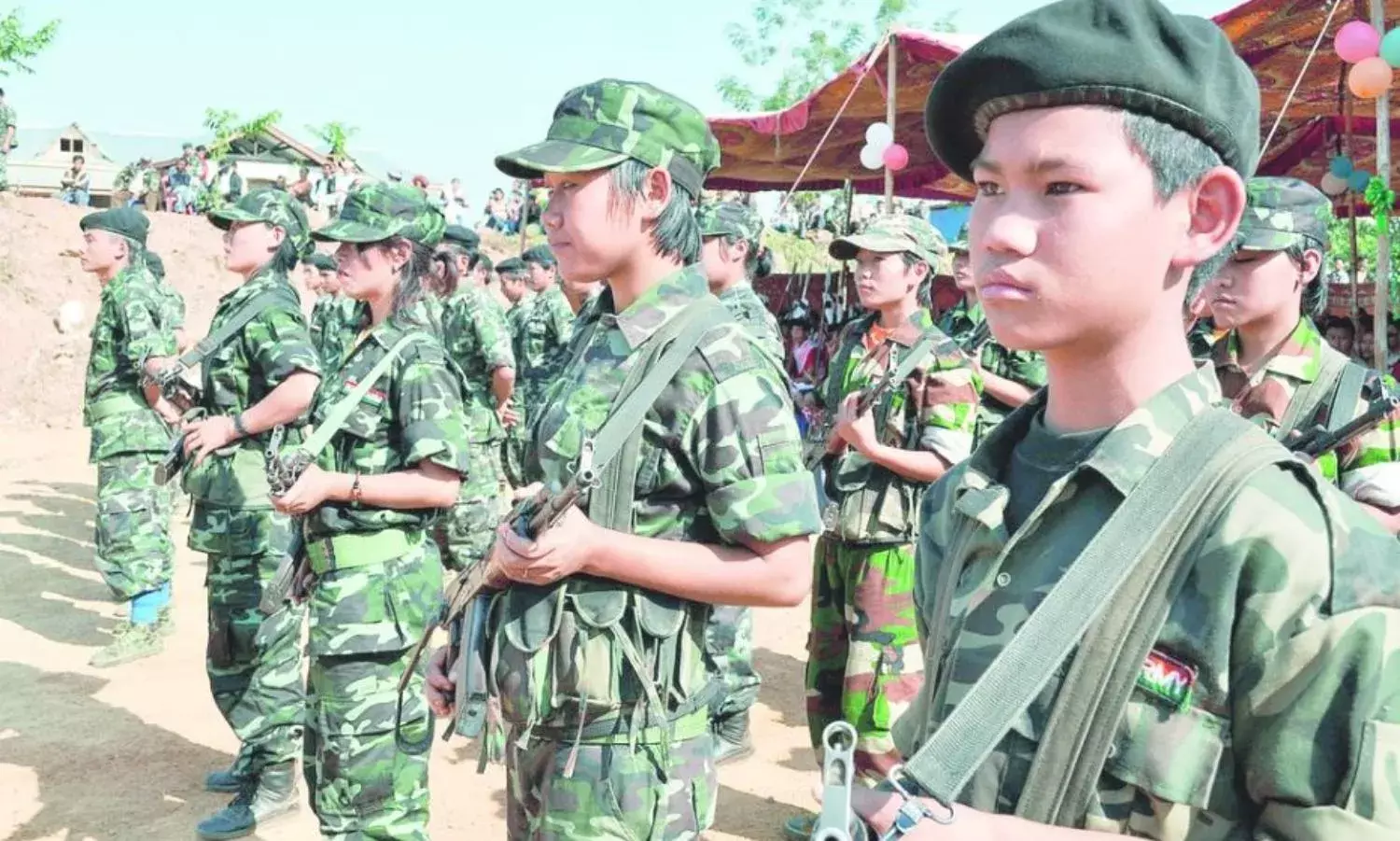Elusive Accord Ignites Separatist Fires in Nagaland
No negotiations :NSCN-IM

ITANAGAR: Three years since the ‘Framework Agreement’ was signed between the Government of India and the Isak-Chishi faction of the National Socialist Council of Nagaland (NSCN-IM), its details officially remain undisclosed. While talks about a separate flag and other supposed provisions have been reported, the ‘solution’ seems to be as elusive as ever.
Now, the armed separatist group has called out the central government and categorically said that there will not be a merger of Naga-inhabited areas with the rest of India.
Earlier this year, the New Delhi’s interlocutor for talks between the two sides, RN Ravi, was appointed the governor of the state of Nagaland. As recently as August this year, Ravi is reported to have publicly said that he saw no reason as to why the solution should have to wait for three months, possibly hinting that a solution could finally be on the cards.
There have been and are, however, a few notable bumps on the road to a solution to the issue of Naga independence that has waged on since before India’s independence.
When the Centre revoked Article 370 that provided special provisions to the former state of Jammu & Kashmir, alarm bells began ringing around the Northeast where the indigenous tribal groups are provided first rights to the land its resources (for most parts, at least), under various sections of Article 371 and the Sixth Schedule.
The BJP government in the Centre has taken care to allay fears that such a step will be taken for the region as well, with Union home Minister Amit Shah repeating once again that the provisions of Article 371 will continue to be in effect in the states.
Another matter of long-standing contention on part of those not involved in the negotiation process has been the fact that the call for the integration and independence of ‘Naga areas’- several swathes of land which have administratively been part of the states of Arunachal Pradesh, Assam, and Manipur, besides parts of Myanmar.
Successive state governments have repeatedly voiced their opposition to any plans of carving out part of their administration to be accommodated into ‘Greater Nagalim’.
The NSNC-IM, it seems, is in no mood for negotiating on this front.
A recent statement from the group said that the Indian government is in talks with it because it “represents the issue of the Nagas that covers all Nagas and their territories”.
The statement added that the framework agreement is a “meeting point for Nagas and Indians” and that Nagas and Indians are “inseparably inter-related in many fields”.
From the bitter days of fighting, the group said that Nagas and Indians “must learn to co-exist for mutual benefits” but that while the Nagas “will not merge into the Union of India, “they will co-exist as two entities”.
It added that Nagas “do not accept Indian constitution, but Nagas and Indians will share sovereign powers based on competencies”.
Additionally, while it did not name any other entities, the NSCN-IM said that “opportunists, deserters, opponents and detractors who have never fought for the cause have now started claiming their shares when solution is around”.



